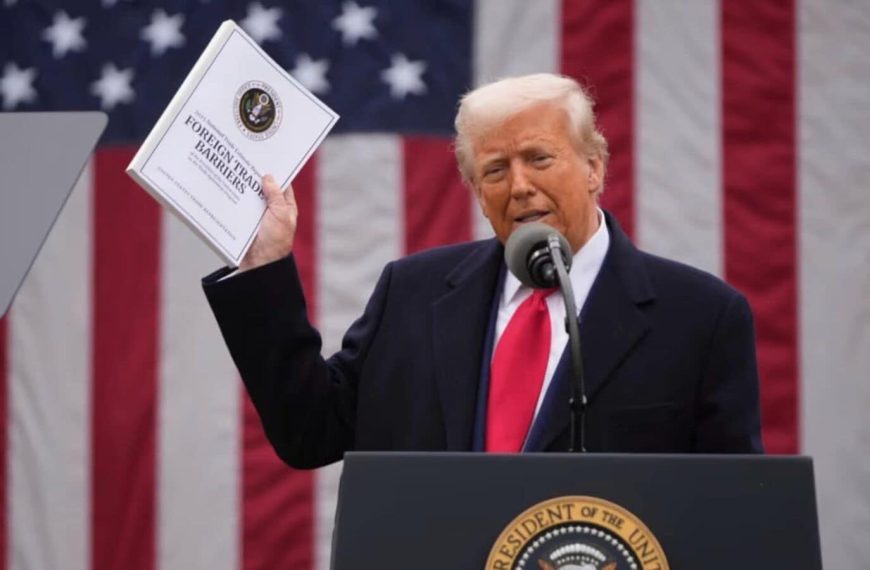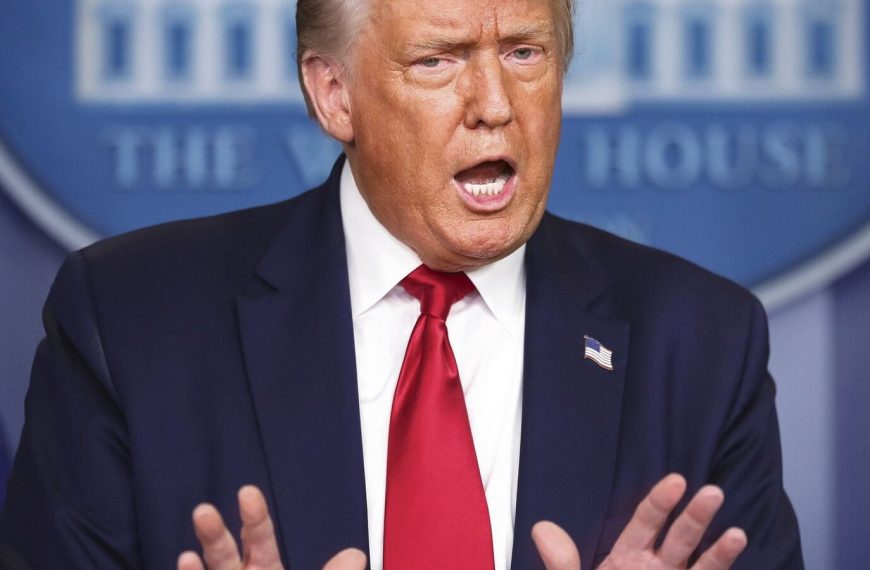The recent announcement by the U.S. government to implement a 26% reciprocal tariff on imports from India is set to have a profound effect on the gems and jewellery industry in the country. Experts predict that this tariff will bring significant challenges, especially considering that gems and jewellery represented about 12.8% of India’s total exports to the U.S., totaling $9.9 billion in FY24. The decision, revealed by former President Donald Trump on April 2, is positioned as a response to India’s own 54% tariff on U.S. imports.
The Impact of Tariffs on Indian Exports
Effective from April 5, this new tariff will be layered over a baseline tariff of 10% on all imports. This move is part of a broader U.S.-India trade relationship, where garments, engineering goods, electronics, pharmaceuticals, and gemstones collectively accounted for 72.7% of the trade in FY24, bringing in $56.34 billion out of the total $77.52 billion in trade.
Industry experts are voicing their concerns about the potential fallout. Kirit Bhansali, chairman of the Gem and Jewellery Export Promotion Council, stated that the trade may come to a halt as U.S. importers reconsider their orders with Indian exporters. He noted a significant difference in how gold and diamond jewellery is perceived in the U.S. compared to India, where it is often seen as an investment. Consequently, rising prices may dampen demand in the U.S. market.
Key Sectors Facing Challenges
The diamond and studded-gold jewellery segments are anticipated to be hit hardest by the new tariffs. Anup Zaveri, a partner at Real Illusion LLP, highlighted that the 26% duty would be burdensome for U.S. importers, likely leading to a decline in exports from India. Exporters will need to carefully evaluate the impact of these tariffs on specific products, including loose diamonds and gold-studded items.
According to a report from Emkay Institutional Equities, cut and polished diamonds represented 57% of India’s total gems and jewellery exports to the U.S. in FY24, making them the largest export category. Studded-gold jewellery followed closely, contributing 27% to the total exports.
Affected Exporters and Market Reactions
Major companies like Goldiam International, Vaibhav Global, and Rajesh Exports are expected to bear the brunt of these tariffs. In contrast, firms with less reliance on U.S. exports, such as Kalyan Jewellers and Titan, may experience less impact. Preeyam Toila, an equity research analyst at Axis Securities, remarked that the tariff will create a negative sentiment among jewellery exporters, as demand for gold jewellery is likely to wane. Additionally, the surge in domestic gold prices, driven by global economic uncertainties, could exert further pressure on local demand.
In response to the tariff news, shares of Goldiam International dropped by as much as 10% on the BSE, while Vaibhav Global saw a decline of over 4%. Rajesh Exports also experienced a dip of 3.2%, before a slight recovery.
Broader Trade Landscape
On the same day, Trump indicated that other sectors, including pharmaceuticals, semiconductors, and energy, would be exempt from reciprocal tariffs, with specific tariffs for those sectors to be determined later. As the trade landscape evolves, the implications of these tariffs will continue to unfold, creating both challenges and opportunities for Indian exporters in the global market.
For those in the industry, staying informed and adapting quickly to these changes will be crucial in navigating the complexities of international trade.










